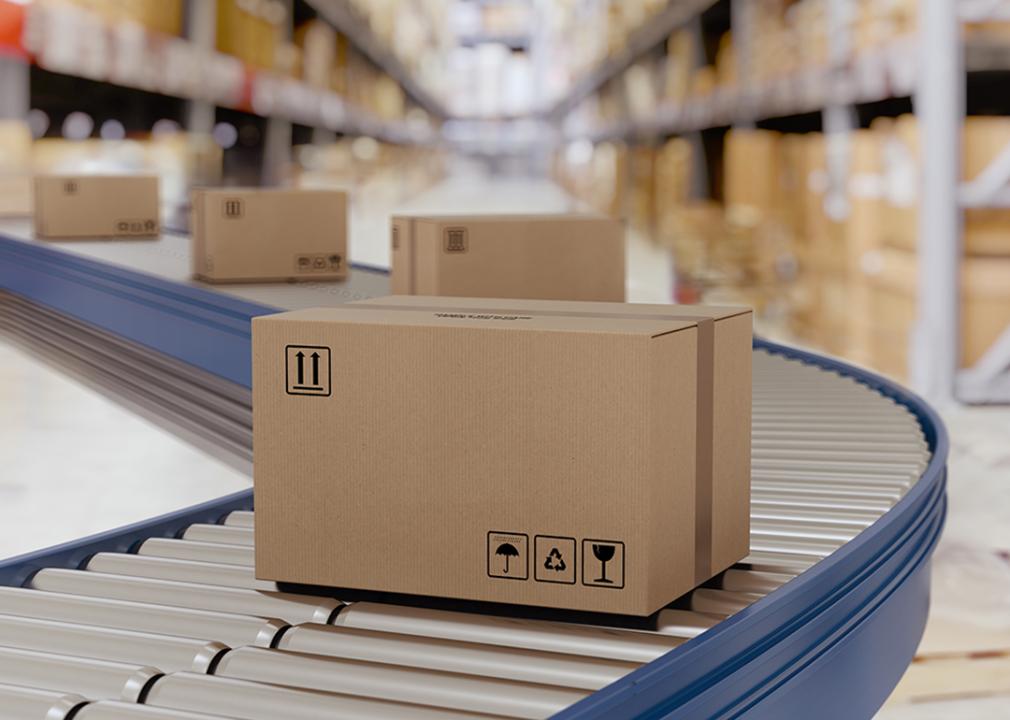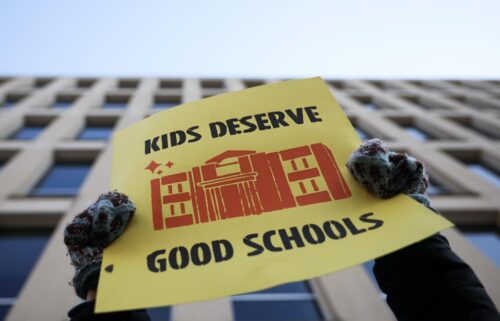Why choosing the right order fulfillment partner is essential for e-commerce businesses

alphaspirit.it // Shutterstock
Why choosing the right order fulfillment partner is essential for e-commerce businesses
Over the past five years, launching a third party logistics (3PL) business was easier than ever. A surge in e-commerce demand, low-interest financing, and a rush to secure warehouse space led to a boom in new fulfillment providers. Many 3PLs chased volume at all costs—signing high leases, adding capacity, and onboarding any client they could find. But now, with falling e-commerce volumes and rising costs, the market is punishing those without a clear strategy or Ideal Customer Profile (ICP).
At the same time, small and medium sized businesses (SMBs) are navigating a landscape filled with economic uncertainty, shifting trade policies, and supply chain volatility. Tariff adjustments and new regulations are impacting sourcing and fulfillment strategies, making operational agility more important than ever. For brands relying on a 3PL, the wrong partner could lead to unexpected rate hikes, service failures, or even total collapse.
The Different Types of Uncertainty Facing SMBs
Economic Uncertainty and Trade Policy Shifts
Rising interest rates, inflation, and inconsistent consumer demand have made financial planning more difficult for SMBs. On top of that, shifting trade policies and tariffs have introduced new cost variables, forcing many brands to rethink their supplier relationships and fulfillment strategies.
“HTS codes often fall into a gray area, so it’s important to review the code you’re using to ensure it provides the best benefits. Additionally, consider how relocating to a different region might impact your HTS classification and potential cost savings,” says Stephen Miller, Sourcify general manager.
Supply Chain Volatility
Freight costs have normalized after the pandemic-era disruptions, but ongoing geopolitical tensions and climate-related shipping delays keep supply chains unpredictable. Many brands that previously relied on overseas manufacturing are now reevaluating nearshoring options.
Real Estate and Warehousing Market Contraction
The warehouse space rush of 2020-2022 led to inflated lease prices. Now, as e-commerce demand has softened, many 3PLs are locked into high lease rates while struggling to fill capacity. Some providers are passing these costs onto customers, while others are shutting down entirely.
Labor Uncertainty
Fulfillment labor remains a challenge, with wages continuing to rise. Large retailers have the advantage of scale, leaving smaller 3PLs struggling to compete for talent.
How Market Conditions Are Exposing Less Sophisticated 3PLs
The Rush to Volume Without a Strategy
During the e-commerce boom, many 3PLs entered the market or expanded rapidly. Many prioritized volume over profitability, signing any brand they could. But without a clear ICP, they took on customers with unpredictable order patterns, low-margin products, or complex fulfillment needs they weren’t equipped to handle. Now, as costs rise and volumes stabilize, less sophisticated and less experienced providers are feeling market pressure. This has led to increased mergers and acquisitions (M&A) activity, consolidation, and closures.
The Lease Trap: High Costs and Low Margins
Many fulfillment providers signed long-term warehouse leases at peak market rates, expecting continued growth. As e-commerce volumes declined, these 3PLs found themselves locked into expensive real estate with fewer orders to process. Now, they’re desperately fighting for volume—but the wrong volume only accelerates their downfall. Taking on clients at unsustainable rates just to fill capacity leads to service degradation and financial strain.
What SMBs Should Watch Out For
Brands must be cautious when selecting a fulfillment partner, as many 3PLs are now making desperate moves to stay afloat. Red flags include:
- Unclear ICP: If a 3PL serves any and every brand without a clear niche, they may not be structured to meet your specific needs.
- Rate Hikes: Unexpected cost increases could indicate financial instability.
- Service Failures: Declining customer service or order accuracy is a sign of operational strain.
- Lack of Tech Investment: A 3PL that hasn’t invested in automation or a strong warehouse management system (WMS) is unlikely to stay competitive.
What to Look for in a 3PL Partner During Market Uncertainty
To ensure stability, SMBs should seek out fulfillment partners with:
- A strong financial foundation—Look for a 3PL with a solid balance sheet and a track record of sustainability.
- Strategic client selection—A provider with a clear ICP is more likely to offer reliable service.
- Transparent pricing—Avoid providers that rely on hidden fees or reactive rate hikes.
- Multi-tenant warehousing—Flexibility in space allocation helps mitigate cost pressures.
- Investment in technology—Providers with automation and advanced WMS capabilities will be better equipped to scale with you.
Conclusion: Choose Wisely to Future-Proof Your Fulfillment Strategy
The 3PL landscape is shifting, and not all providers will survive. Many are already consolidating, restructuring, or failing outright. SMBs that carefully evaluate their fulfillment partners—looking beyond price to long-term stability—will be best positioned for success. Now is the time to assess your 3PL relationship and ensure your partner can weather ongoing market shifts.
This story was produced by Slotted and reviewed and distributed by Stacker.
![]()



